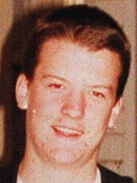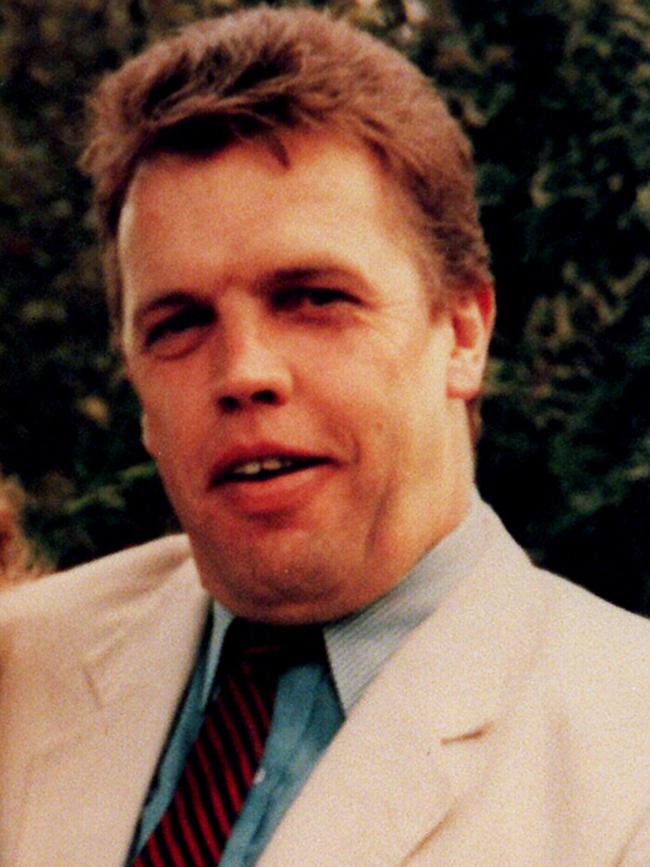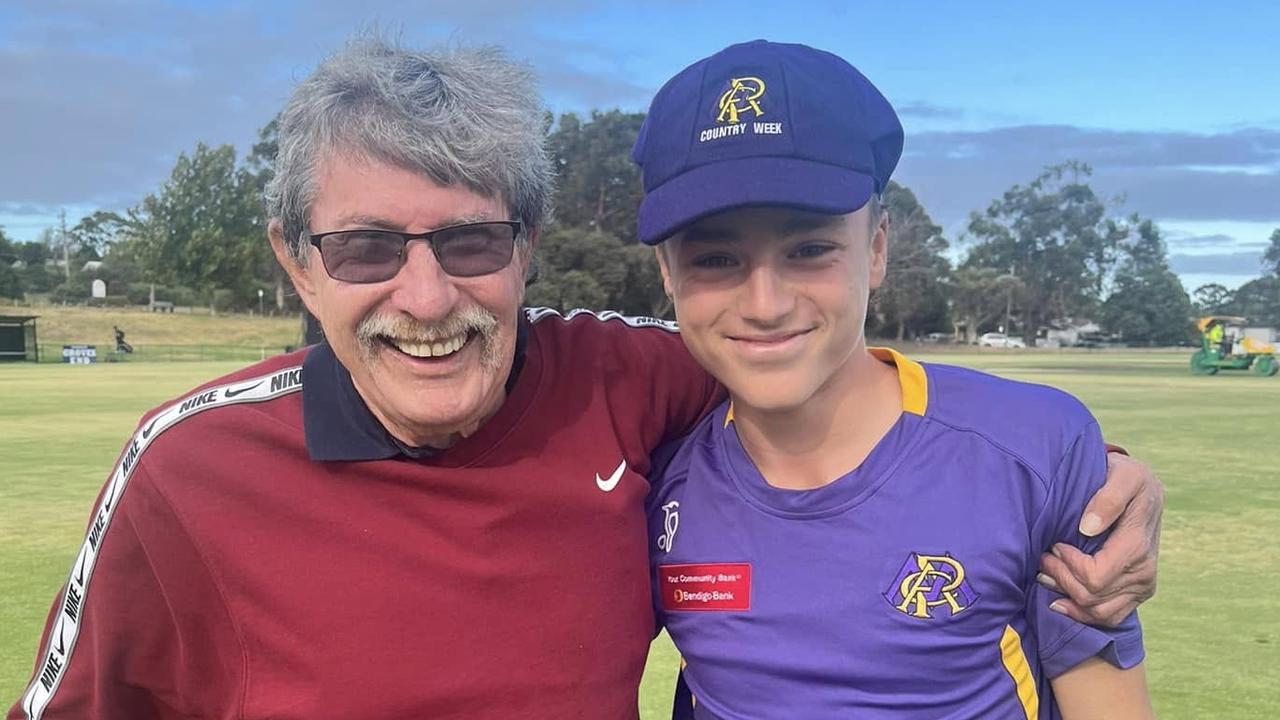CFA remembers five firefighters killed fighting bushfires at Linton in 1998
When an entire crew from Geelong was killed while fighting a fire near Ballarat it prompted a changes to ensure every firefighter can return home safely.

Ballarat
Don't miss out on the headlines from Ballarat. Followed categories will be added to My News.
They leave their workplaces mid-shift, or their beds in the middle of the night, to protect their communities, so when an entire crew was killed while fighting a fire it prompted a series of changes to ensure every firefighter can return home safely.
It was December 2, 1998.
A fire had ignited at Linton, south-west of Ballarat, and a group of locals turned out to fight it. But they quickly realised they needed assistance.
The crew issued an urgent call for help that was promptly responded to, with crews from surrounding communities turning out to help fight the fire as it threatened to raze the small town and blanketed the surrounding area in thick smoke.
One strike team, from Geelong West, had been helping to bring the fire under control since the late afternoon when the decision was made to replenish their tanker’s water supply just before 9pm.
The fire had largely been brought under control by this point and they, along with another Geelong crew, set off.
But it was as they travelled away from the fire that an instantaneous wind change fanned the flames and briskly pushed the fire in the opposite direction.
The Geelong West crew was caught in its pathway, with the fire sweeping over them, engulfing the truck and killing all five people.


It had been Matthew William Armstrong’s first trip to a fireground. He died, aged 17, alongside his crew mates Stuart John Davidson, 28, Christopher John Evans, 27, Jason Richard Thomas, 25, and Garry Vredeveldt, 47.
The memory of learning about the tragedy has been etched in Garry Cook’s mind, and has steered the trajectory of the Deputy Chief Officer at the Country Fire Authority’s career since.
He recalls the day as being “reasonably benign” and without the high temperatures or strong winds that have marked other devastating fires in the state.
“It wasn’t a bad day — it was nothing like any of the bad fire days Victoria has experienced,” he told the Leader.
Working at Wangaratta at the time, he remembers exactly where he was when he first heard about what had occurred.
“I think everybody in the CFA and probably in the broader firefighting community in Victoria, and the world, would remember where they were when they first heard the news,” he said.
It was the middle of the night and he had retired to bed when his phone rang.
“I got the message and felt numb. I remember thinking: ‘Am I dreaming this? I hope this is a bad dream’,” he said.
“The shock, the grief and disbelief all hit really hard initially.”
But the reality of the fact that it wasn’t “hit home pretty quickly” and the questions about how and why it happened quickly started running through his mind, and those of many others.
He said it was always “gut wrenching” to lose a firefighter, but losing a whole crew was nothing short of “devastating” or “heartbreaking”.
Deputy Chief Officer Cook said the tragedy had a profound impact — not only on the immediate circles of those who had died but also on their colleagues and the broader firefighting community across Victoria, the nation and the world.
An intensive coronial inquest was hosted and a united desire to prevent such an incident from ever unfolding again remains at the forefront of fire leaders’ minds.
“We owe it to those five people who bravely went out to protect a community, their families and all of our firefighters, to never to forget what happened, and to never be complacent about the importance of the safety of all of our people,” he said.


Safety focus
Deputy Chief Officer Cook said the organisation had not “experienced anything of that magnitude, under those circumstances, ever again, but it’s no reason to take the foot off the pedal”.
“We keep striving to ensure we do the best we can in every circumstance to keep our people safe — each and every one of them.
“When people leave the comfort and safety of where they are when they are called to render assistance to somebody else or a community in a time of need, we want to make sure they do it, do it well, but they go home. That is what motivates me every day.”
He said firefighters strategically fought fires in “the safest possible way” but a risk was always present around fires.
“It doesn’t need to be a big, raging inferno for a fire to be dangerous. Small fires can threaten life and cause just as much harm,” he said.
“The message is that fires come with a level of risk at any time. It can be our friend, in the right circumstances, or it can be a foe.”
The year before the Linton tragedy, in 1997, a similar fire broke out in the Dandenong Ranges. It was not a particularly hot or windy day and the fire was small, but three community members lost their lives.
He added that it highlighted the importance of firefighters understanding fire behaviour and the factors that can influence it, such as wind — monitoring fire behaviour during incidents and critically, making the right decisions about where is safe and unsafe to be positioned.
Change prompted
The incident sparked many changes in the CFA — from the introduction of mandatory minimum firefighting skills for all firefighters to better protections for them while working on a fireground.
“Twenty four years on and things have changed dramatically,” Deputy Chief Officer Cook said.
Stressing that it wasn’t to say the firefighters who lost their lives weren’t qualified or well-trained, he said the incident highlighted that the organisation could “do better” with training.
He explained the introduction of minimum skills training was a “huge cultural change”, but ultimately, a positive one.
“Nobody would join a fire brigade today and become an operational firefighter without first going through the right level of training to give them the basic skills they need to get on a fire truck to go to fires,” he said.
He added protective equipment and clothing had also been bolstered, with every firefighter now issued with a personal kit, including protective clothing.
Crews also now regularly train for entrapment situations. A reserve level of water is kept on all new appliances in case of entrapment, and crews are well-versed in how to operate the safety spray systems that will afford a level of protection if they do become trapped in a fire truck.
“These are all things that have been introduced since Linton but we are constantly, even today, still looking for how we can improve.
“We don’t ever think that everything is perfect.”
He said safety was the organisation’s number one priority and shaped firefighting training, the development of procedures, communications systems and protocols.
“Firefighting is dangerous but we can make sure that we have some of the best equipment, protective clothing, training, systems and safety processes in place to keep our people safe.
“The safety of our firefighters is the most important thing that we do everyday.”

Day to remember
Wednesday, May 4, marks International Firefighters’ Day. It is a day for firefighters and their families to remember and honour those who have lost their lives while protecting their communities.
The international day of recognition was first hosted in 1999 following the Linton tragedy.
The date coincides with St Florian’s Day, who is recognised to be the patron saint of firefighters.
This year a service was held in Gippsland to mark the 40th anniversary of the loss of Churchill firefighter Darren McLean, with the lives two other firefighters — Trafalgar’s John Mynard, who died in 1990, and Glengarry West’s Doug Henry, who died in 2005 — also recognised.
CFA Chief Officer, Jason Heffernan, said the service’s honour roll listed the names of 80 firefighters who died in the line of service and who would never be forgotten.
“This year we endured another tragedy in the firefighting community, with South Australia’s
Country Fire Service losing volunteer firefighter Louise Hincks in January,” he said.
“Our deepest condolences go out to her family and friends, as well as her brigade and
firefighting colleagues.”
CO Heffernan encouraged all Victorians to take a moment to reflect on May 4.
“International Firefighters’ Day allows the world to remember those who have fallen, and
acknowledge today’s firefighters who honour that sacrifice with a continued commitment and
dedication to protecting their communities.”




